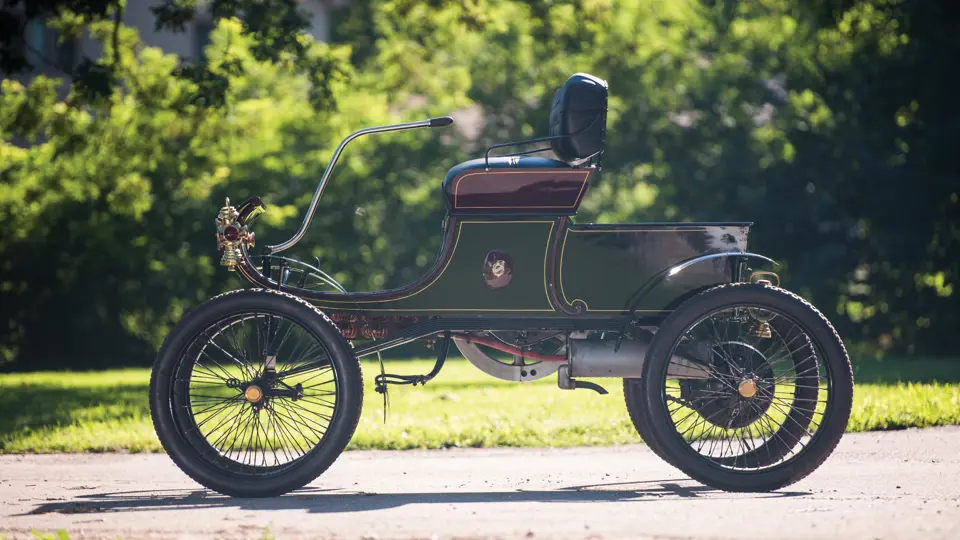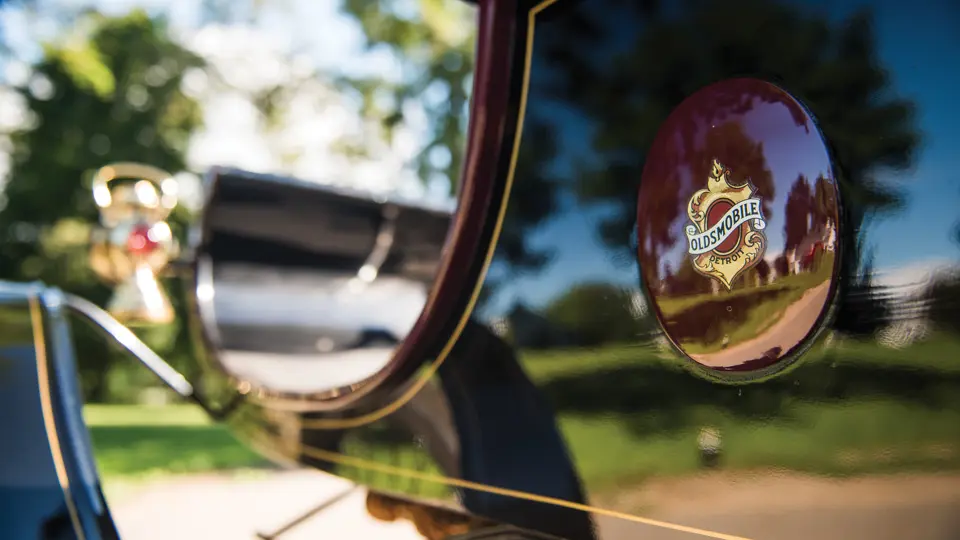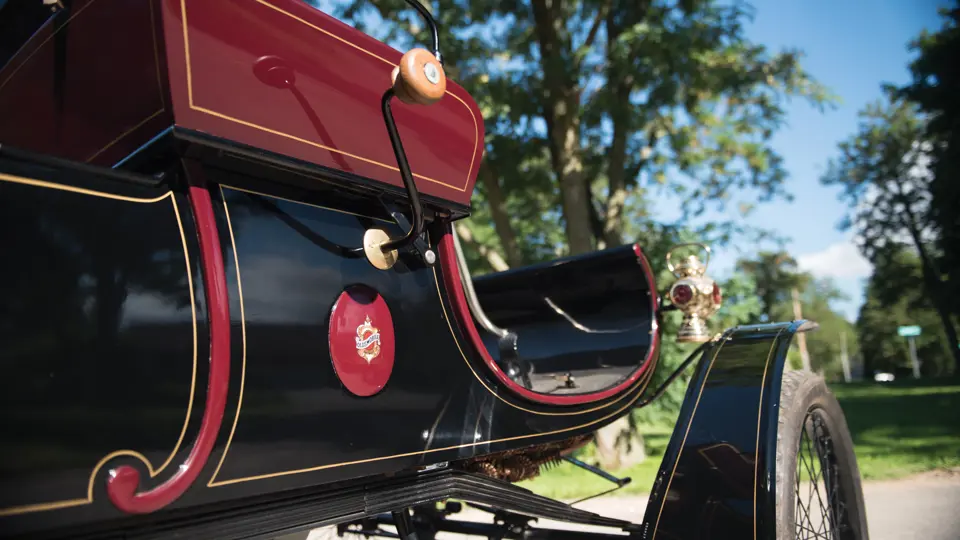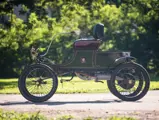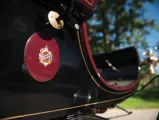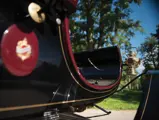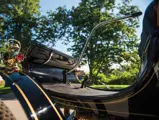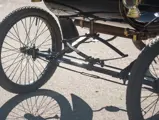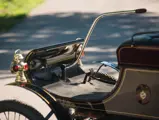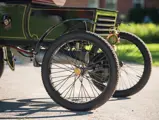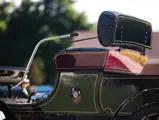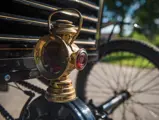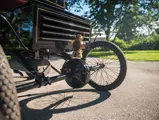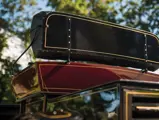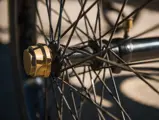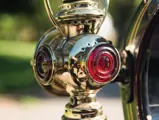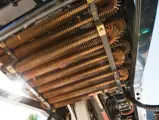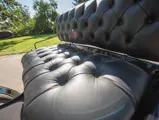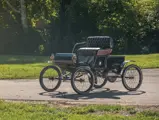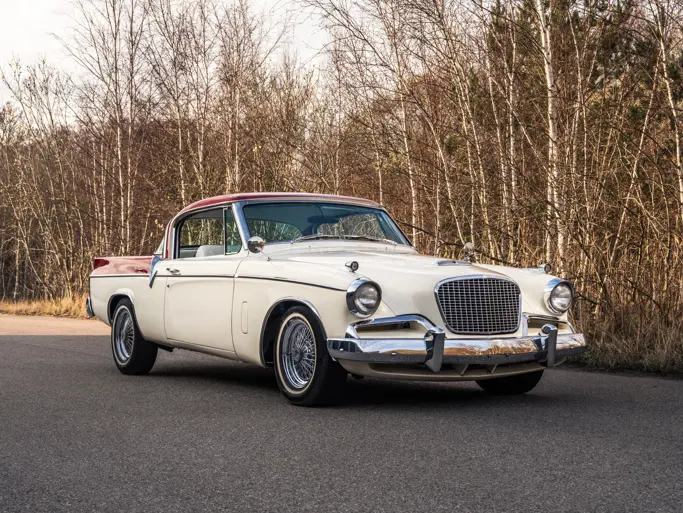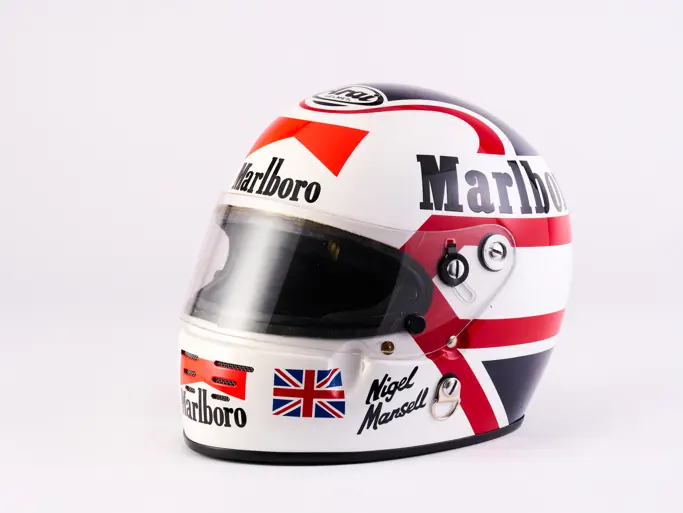7 hp, 95.4 cu. in. horizontal single-cylinder engine, two-speed planetary transmission, solid front axle and live rear axle with single chain drive, longitudinal leaf spring suspension on each side, and mechanical brakes on differential and transmission. Wheelbase: 66 in.
After experimenting with steam and electric propulsion, Ransom Eli Olds switched to internal combustion. His light runabout, the famed curved-dash model, was completed in 1900 and ready for the market early in 1901. A fire in the factory delayed the start of production, so cars did not reach the public until late summer. The 650-pound vehicle sold for $650.
Propelled by a horizontal single-cylinder engine under the seat, it had a two-speed planetary transmission and driver controls on the right, with steering by center tiller. The chassis design was elegant with a long leaf spring on each side connecting the front and rear axles. The wood body attached to the top of the springs, and a small transverse fully elliptical spring in front damped out any fore-aft rocking motion. Truss rods were added to the axles in 1902. The car’s popularity grew and grew, surpassing the steam Locomobile as America’s best-selling car in 1903. There were successive improvements, and curved-dash models remained in production through 1907, by which time they had been joined by a straight-dash model and cars as large as a 106-inch wheelbase four.
This Curved Dash Oldsmobile (CDO) was discovered by collector Oscar Simrose in Regina Beach, Saskatchewan, Canada, in the 1960s. He restored it, and it was one of the last projects he undertook. It was sold after his passing in 2001 and has resided with an Alberta-based collection until recently. The current owner acquired it and undertook some cosmetic refreshment, including correct gold pinstriping and installation of the correct horn. The finish is exceptional for an older restoration, exhibiting looking-glass qualities, and is nicely set off by correct maroon moldings. The seat bench and back are finished in black with the correct diamond tufted pattern and remain in excellent condition.
The mechanical systems have been sorted, so it runs and drives well. This effort included sourcing and installing a period-correct carburetor. It also has the seldom-seen wire wheels, which enhance its jauntiness.
CDOs have their own unique feel, having fairly tall gearing for their era. This was best described by the late historian Beverly Rae Kimes as “one chug per telegraph pole.” As a pre-1905 car, it is of course eligible for the prestigious London-to-Brighton run in England, and to add to its accolades, the coveted medal “for punctual arrival at Brighton.”




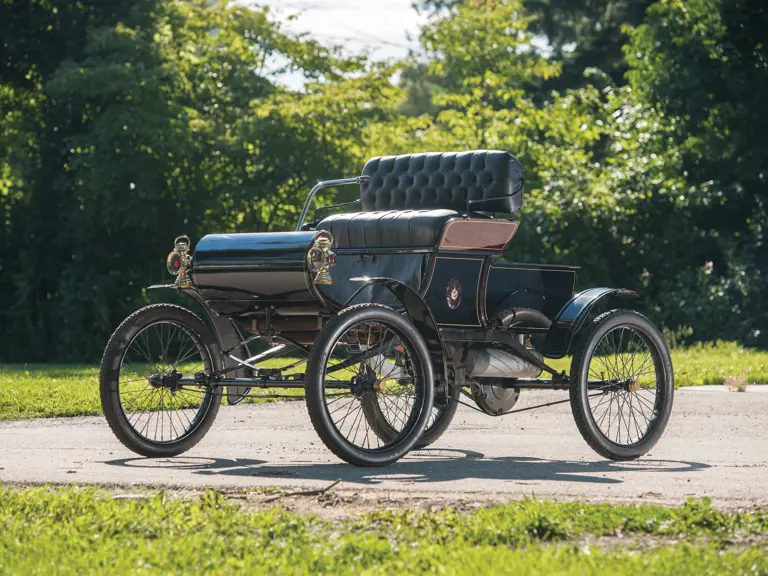
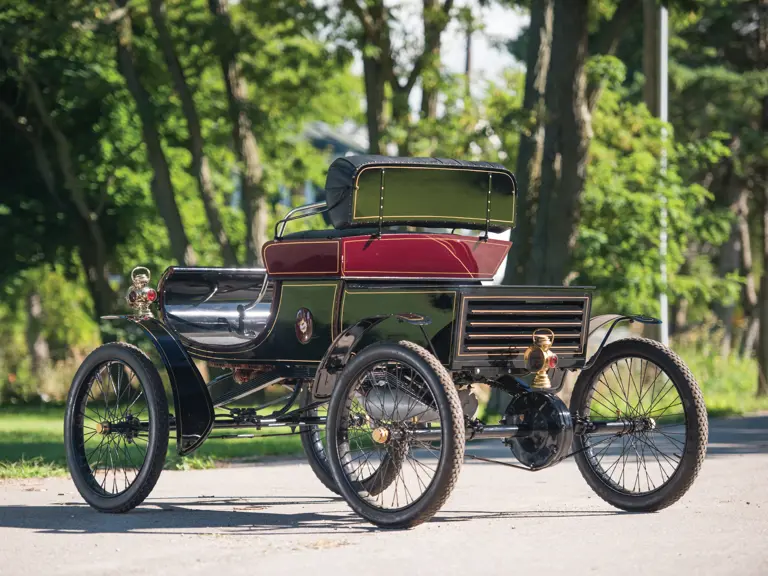
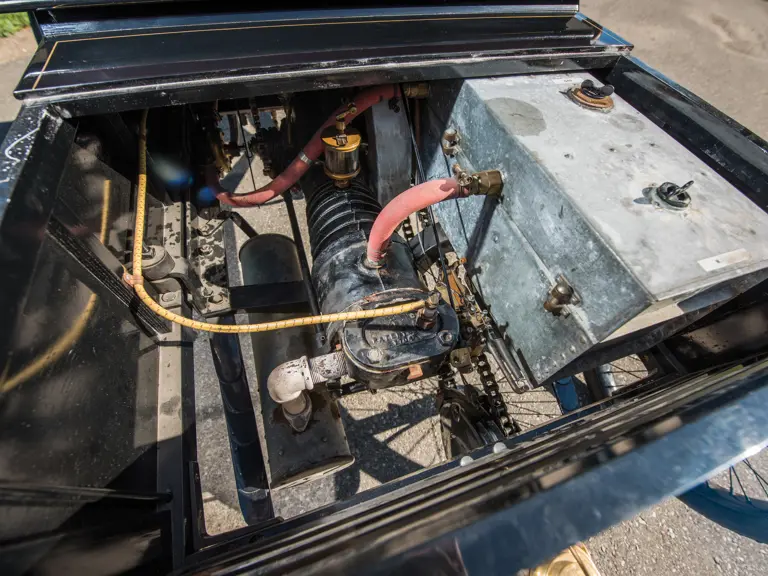

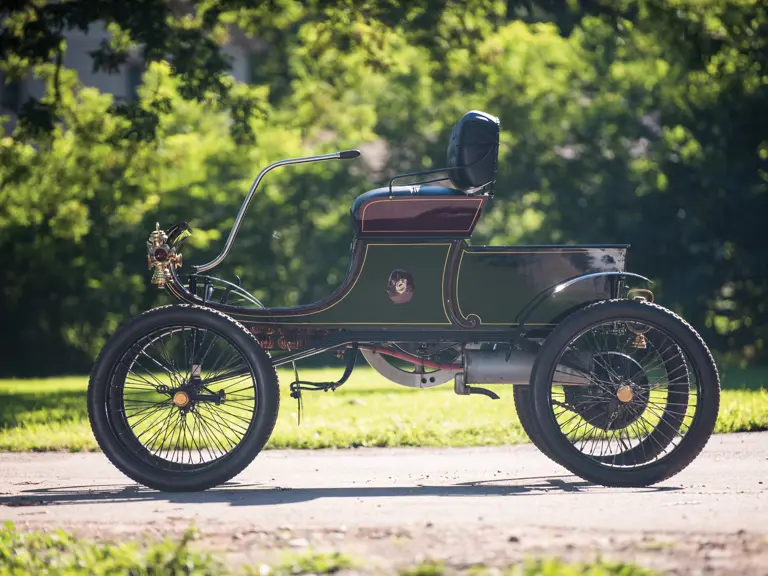
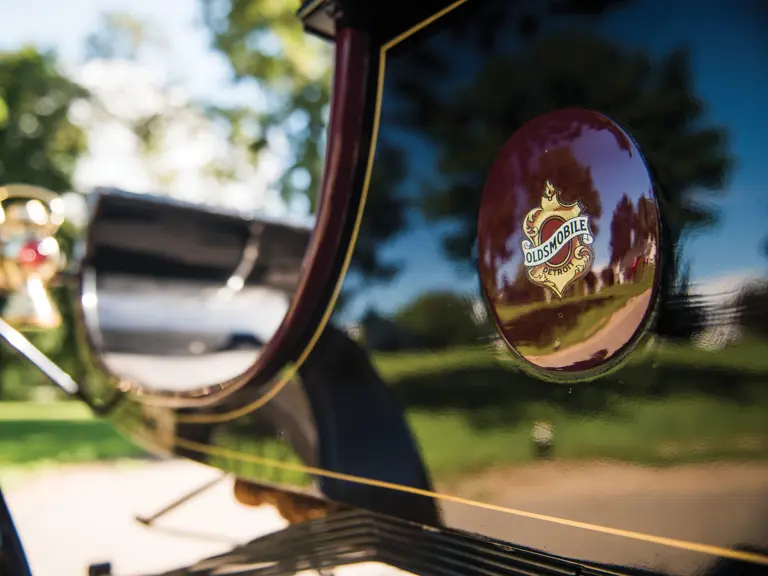
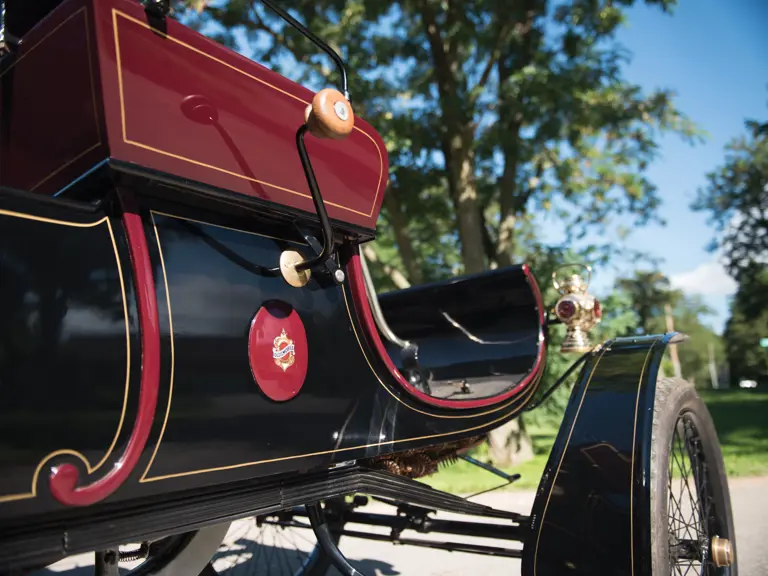
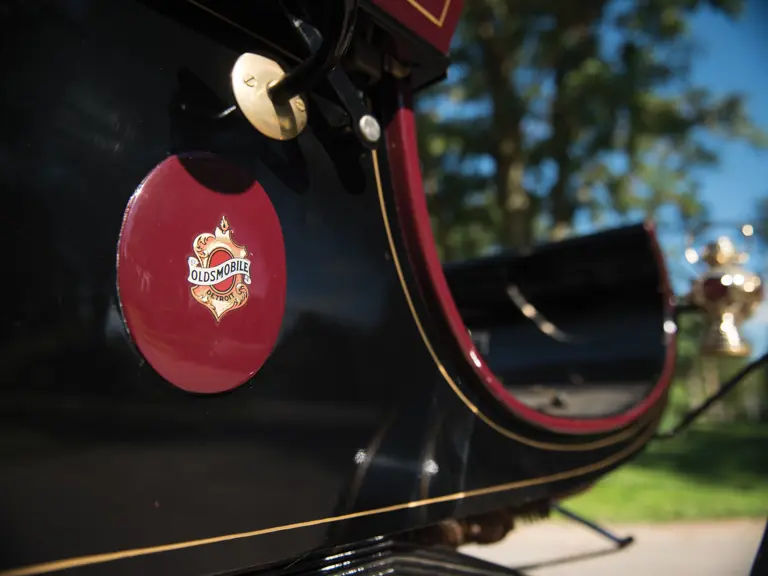
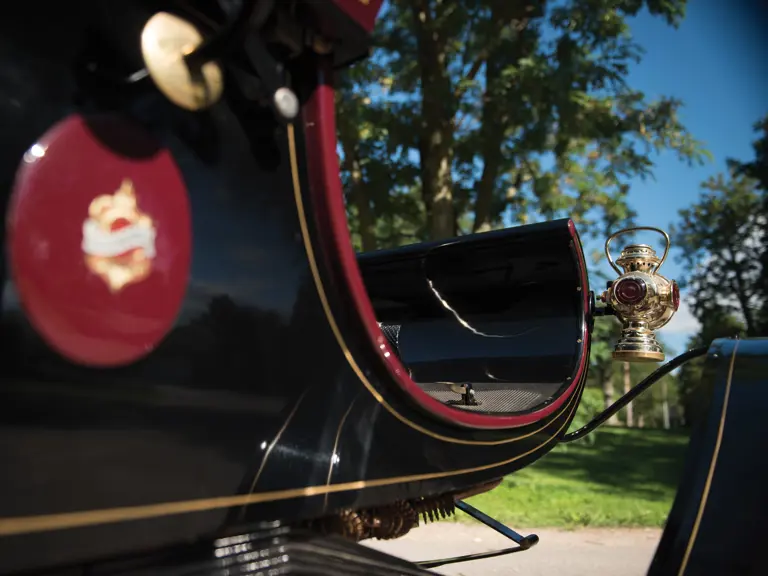
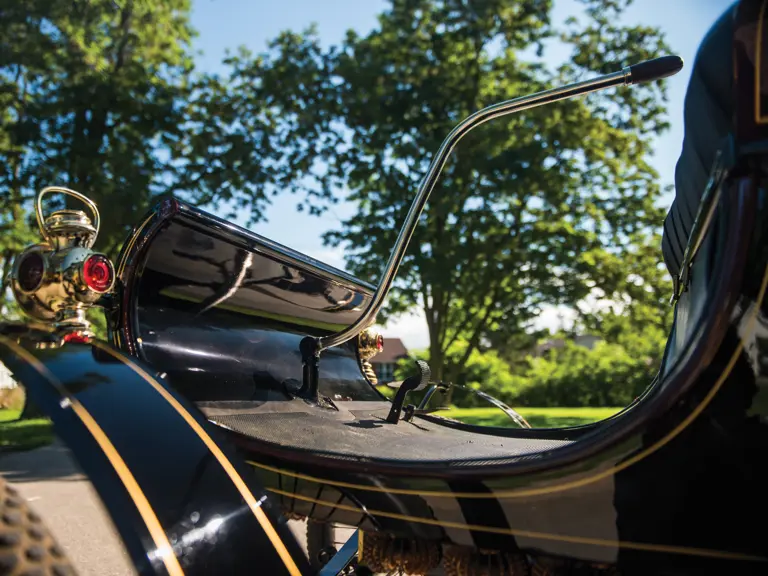


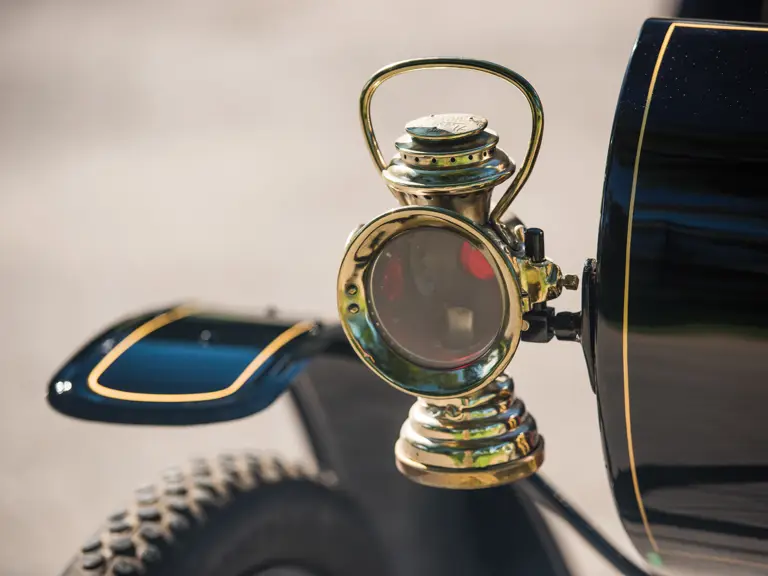

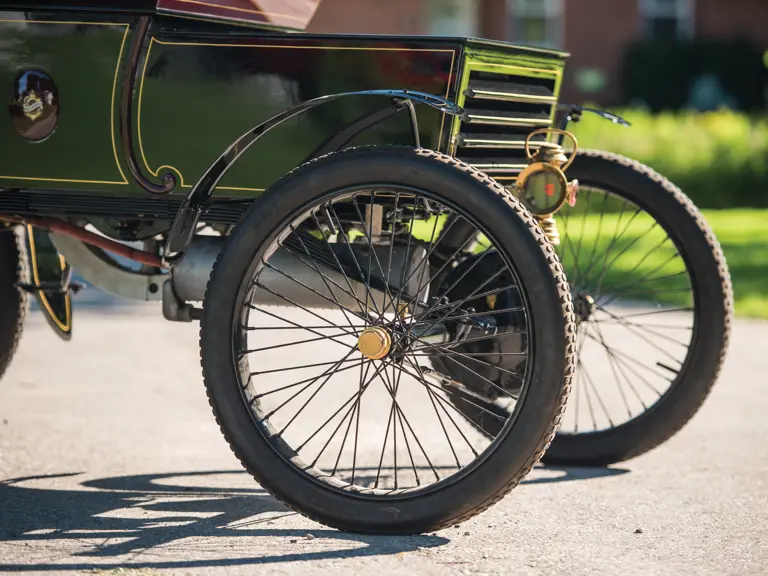
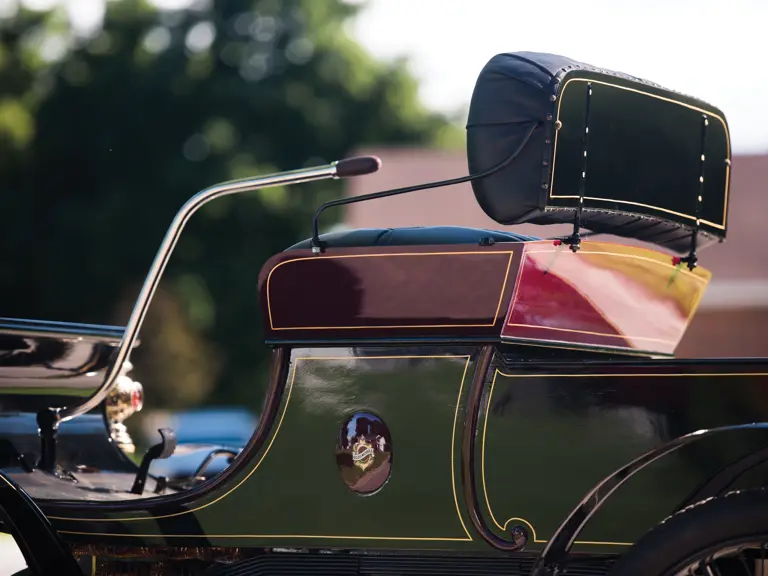
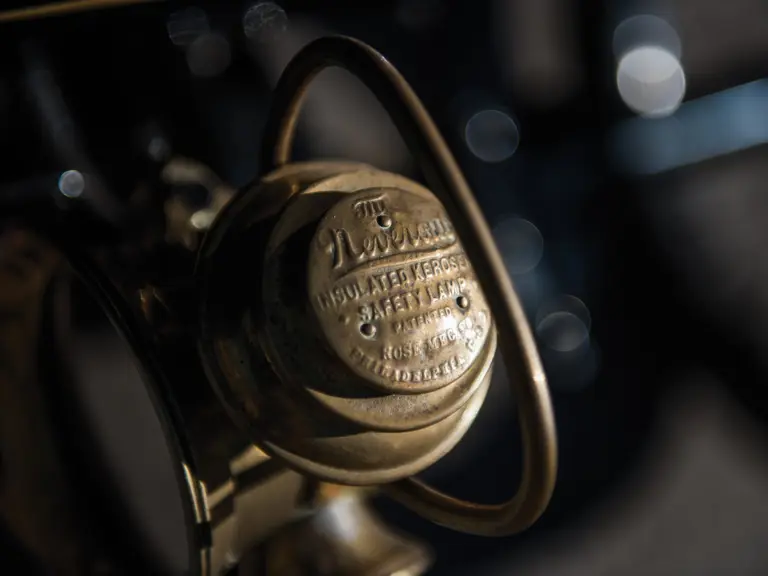

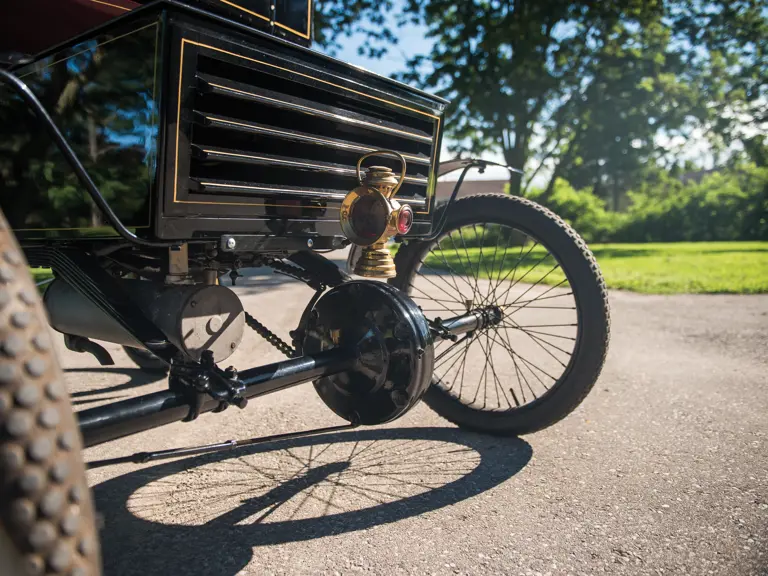
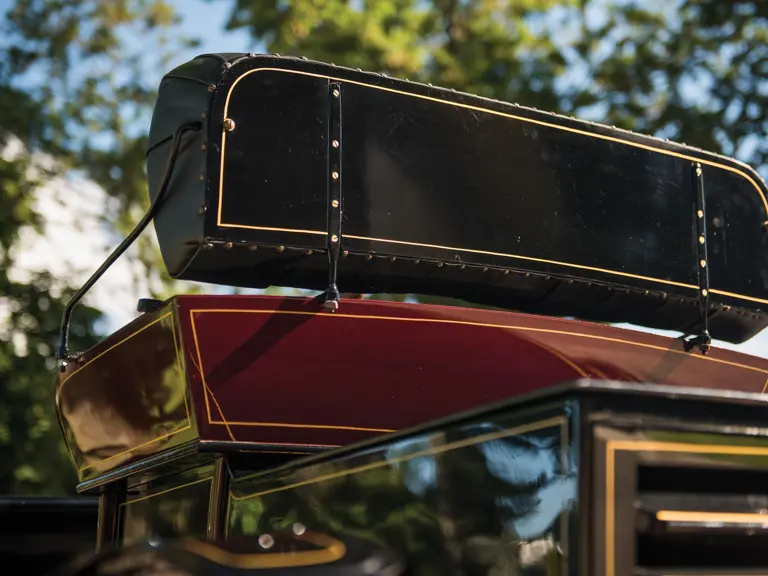
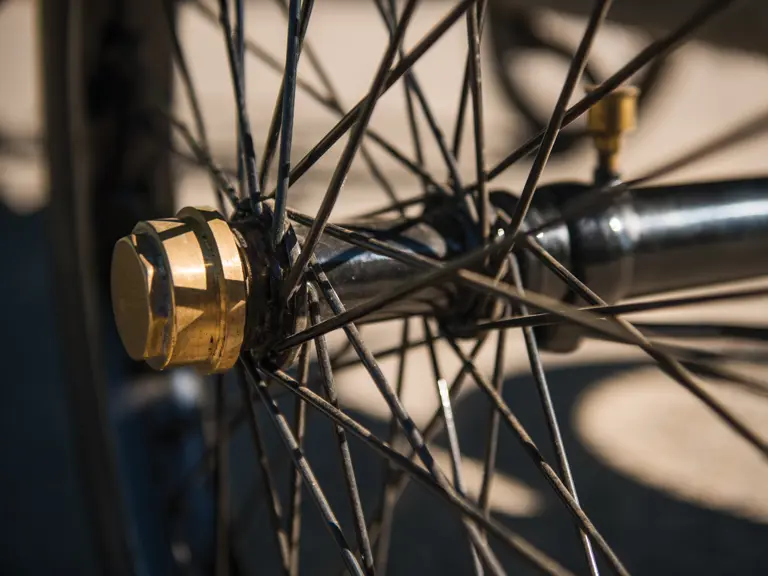
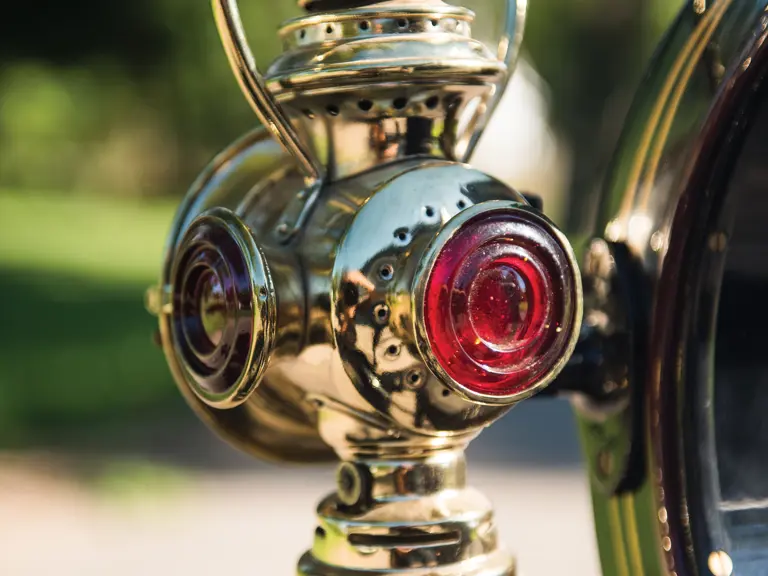
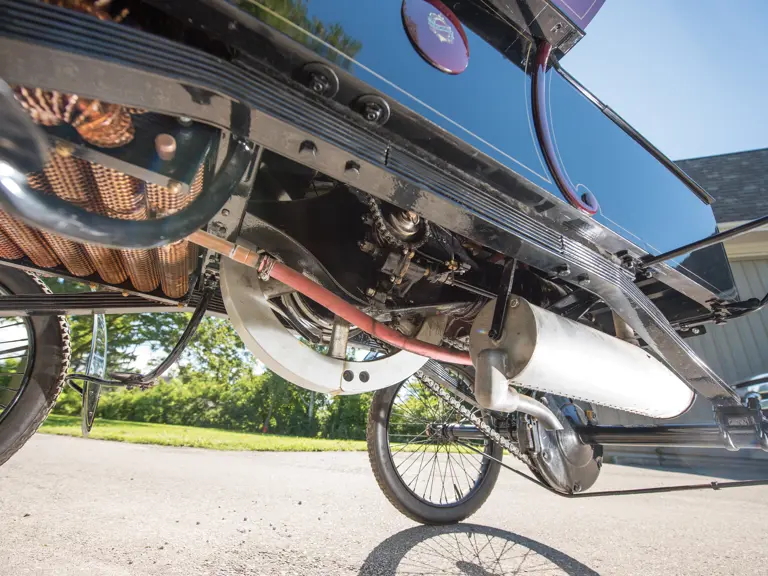

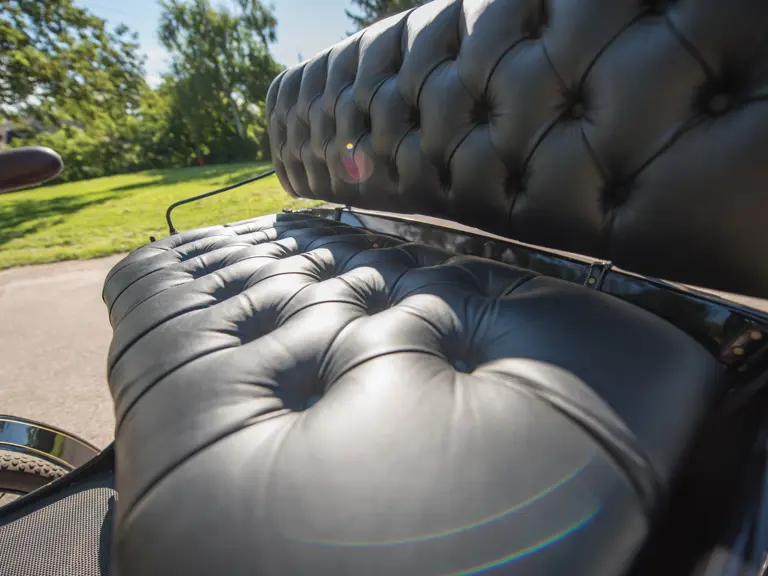

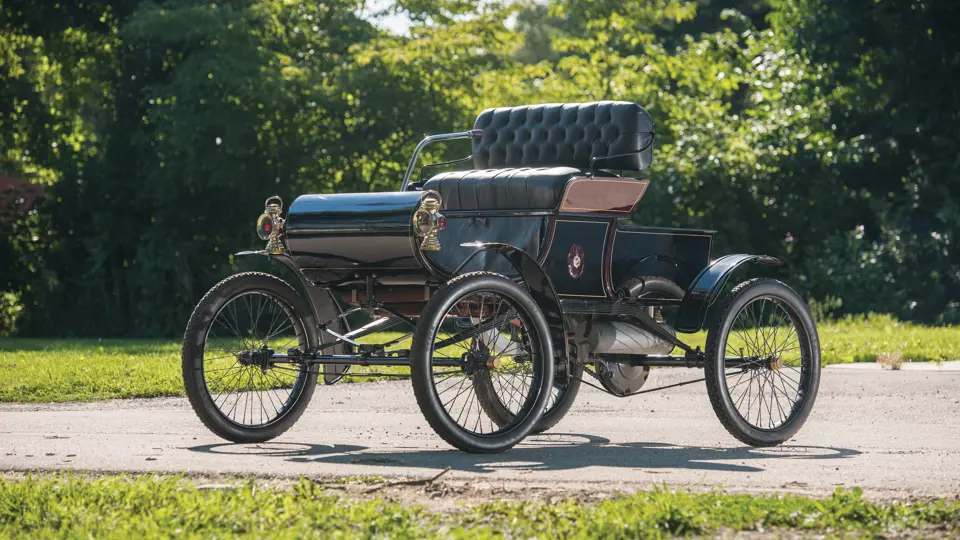
 | Hershey, Pennsylvania
| Hershey, Pennsylvania
